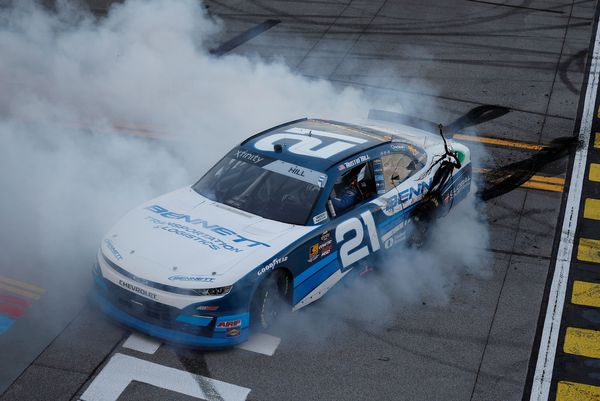
Labor’s plan to save $6.4bn by slashing the government’s use of consultants and external labour over four years is a “lazy option” that could “risk some reduction in service levels”, according to former senior public servants and experts.
This is despite Labor’s claim that the savings measure – which would require a re-elected Albanese government to increase the amount of core work being conducted by public servants – would not affect government services.
The treasurer, Jim Chalmers, and the prime minister, Anthony Albanese, defended the savings target while campaigning in Brisbane on Tuesday, where the pair faced questions about how the $6.4bn target would be achieved and whether it was an example of “cooking the books” to justify expensive policies.
“When we came to office, the public service was hollowed out with too much spending on contractors and consultants,” Chalmers said. “We have already made big savings in this area and what we announced yesterday is to continue to build on, essentially, Katy [Gallagher’s] great work.”
When the $6.4bn target was announced, Gallagher said Labor had found $5.3bn in similar savings during its first term in office. This included a rapid scaling back of consultants after a scandal involving PwC Australia, but also the use of contractors. Labor has forecast savings of $2bn a year in 2027-28 and 2028-29. The savings also include “non-wage expenses” such as travel, property and hospitality.
“What we’re cutting out is some of the waste,” Albanese said, adding that some public servants had left their roles to earn more money with consultants advising the government.
Andrew Podger, a former public service commissioner who spent almost four decades in bureaucracy, said there was no reason to doubt the $6.4bn figure but criticised how it would be achieved.
“While I think the savings can be made, the measure is really just a repeat of the lazy option of increasing the efficiency dividend on administrative expenses,” said Podger, who is now a professor of public policy at the Australian National University.
Helen Dickinson, a professor of public service research at UNSW Canberra, said the $6.4bn in savings was a “worthy target” but also warned achieving this “may not be a straightforward process”.
“It is true that in 2021-22 an audit found the Australian public service spent $20.8bn on outsourcing and consulting, so theoretically it may be possible to cut this amount further,” Dickinson said.
“But this figure doesn’t just include consultants; nearly 70% of this figure is outsourced services. If these are brought back in house, there may need to be some work done to build capability and deliver these functions.”
When the savings were announced, the finance minister said “we have no doubt that we will be able to deliver those savings without impacting importantly on the services and the programs that the Australian public service provides”.
A former deputy secretary of the finance department, Stephen Bartos, said services could be affected unless the federal government continued to spend money rebuilding the capacity of the public service to conduct work without external help.
“It’s very hard to cut out consultants without ruining services until you have rebuilt capability,” Bartos said. “If you get rid of consultants and there is nobody else to do the work, you’ve got a problem.
“Conceivably, they can find public servants to do that work, in which case, the savings are less than quoted because you have to hire and pay those public servants.”
The Greens have also accused the Albanese government of overstating the number of consultants they’ve slashed, arguing the vast majority of savings have been achieved by cutting external labour contractors. These workers often assist the government with service delivery, rather than providing advice or modelling.
“Why won’t Labor commit to the Greens policy of reducing spending on external consultants by 15% each year over five years?” asked Greens senator Barbara Pocock, who sat on two parliamentary inquiries examining the government’s use of consultants.
Albanese visited three seats in Brisbane on Tuesday – the Greens-held Griffith, Liberal-held Bonner and Labor-held Moreton – as his campaign maintains a rapid pace in the final rush to Saturday’s poll.
The prime minister toured a housing development under construction in Griffith, where he again blamed the local MP and Greens housing spokesperson, Max Chandler-Mather, for holding up legislation to build more social and affordable homes.
Albanese later pressed the flesh with locals while grabbing lunch at Market Square in Moreton, his second campaign stop at a crowded public space in as many days.
The prime minister also stopped to congratulate his Canadian counterpart, Mark Carney, who as of Tuesday afternoon was on track to win his own election.
Carney and his predecessor Justin Trudeau’s tough approach to dealing with Donald Trump was considered a major factor in a stunning turnaround in support for the Liberals, who appeared headed for a thumping defeat prior to Trump’s return to the White House.
Asked about Carney’s stance on Trump, Albanese – whose campaign has sought to tie Peter Dutton to the US president – said: “Mark Carney has stood up for Canada’s national interest, just as I stand up for Australia’s national interest.”







